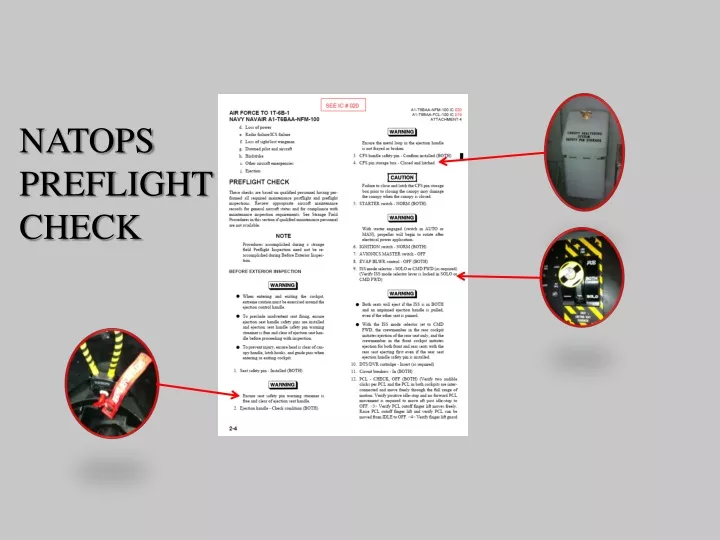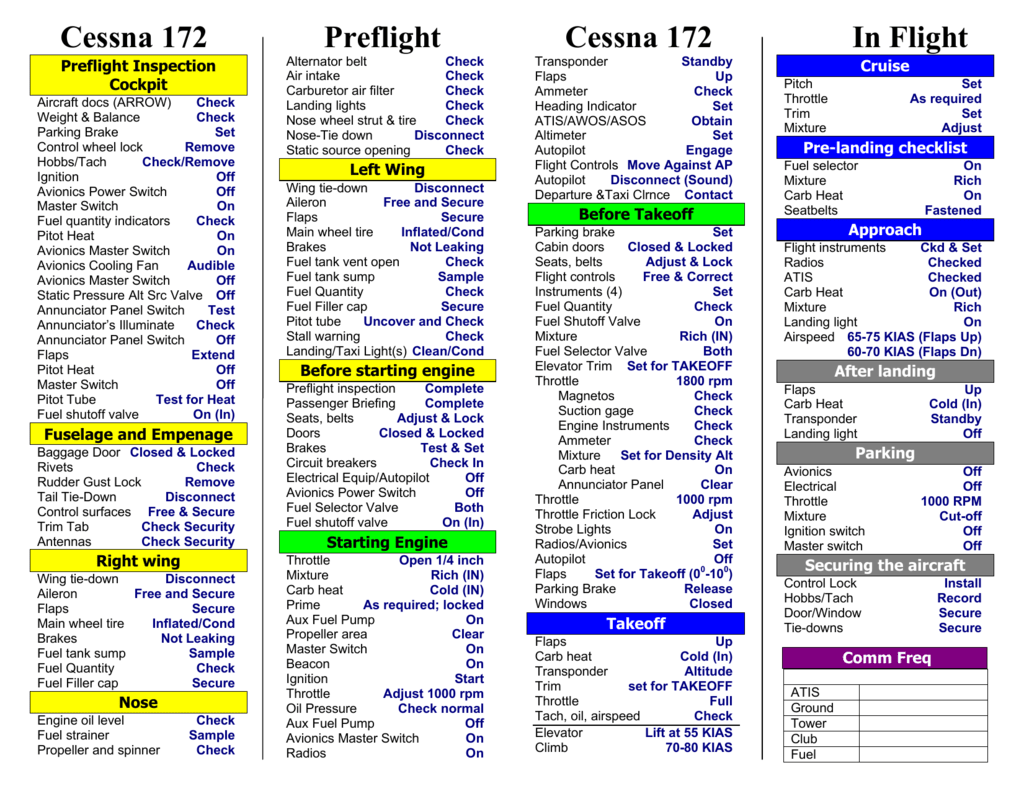
If you own a DJI drone with the GEO feature, you may also need to do a Custom Unlock to guarantee that your drone takes off at all. Although the LAANC system allows for near-instant responses to airspace authorization requests, there’s also no good reason not to do the request the day before your planned operations. Should your planned flight area overlap with controlled airspace, then you will need to secure airspace authorization from the FAA. Secure the relevant authorizations/unlocks These can range from military exercises to crowd-drawing events. Updated firmware and appĮven if your flight area seems to be all clear based on sectional charts, you may still need to check active NOTAMs for any irregular restrictions. It would make sense to write a list of these devices and incorporate that list into your pre-flight inspection checklist.
#Preflight check portable
If you have portable power banks and rechargeable batteries, make sure to charge those as well. These include your drone’s batteries, any spare batteries, remote controller, and any smart device that you will use as a telemetry monitor. Make sure that all electronic devices needed for the flight are charged. You can still fly with a slight drizzle, but that all depends on how comfortable you are with the idea. Flying your drone in heavy rain is out of the question. Just do a quick check of the weather forecast for the time and day of your planned operations. The first factor you’ll need to consider is the one that you have the least control over – the weather. If something comes up during this phase, you can still change your plans or reschedule your flight to another day. These are the things that we recommend doing the day before you’re setting out to fly your drone, simply because they can take a bit of time. To simplify the pre-flight inspection process, we’re separating them into three distinct phases – things you’ll have to do the day before the flight, right before taking off, and upon take-off. It is up to you to come up with the most suitable checklist depending on the type of drone you are flying, your skill level, and whether you are flying professionally or recreationally.

The important parts of a pre-flight inspection checklistĪs mentioned, this article will only highlight the most important parts of the pre-flight inspection.

Doing a pre-flight inspection is simply one of the safety measures – and one of the easiest – that the drone pilot is expected to make. A drone falling from 200 feet onto someone else’s head will almost certainly result in a trip to the hospital – at best.Īs an airman acknowledged by the FAA, it is the responsibility of the drone pilot to maintain the safety of national airspace as well as the people and property on the ground.

It can crash on someone’s roof and damage it, or it can crash on a freeway and cause a massive car crash. While that’s true, determining the effects of a drone crash is also a very unpredictable matter. However, one might argue that the consequences of a drone crash are minimal compared to that of a manned aircraft.

It’s a lot better to spend some time on the ground finding minor errors and correcting them than getting caught by surprise when the aircraft is already airborne. The reason why pilots spend so much time doing the pre-flight inspection is the fact that there is very little room for error once an aircraft takes off.


 0 kommentar(er)
0 kommentar(er)
